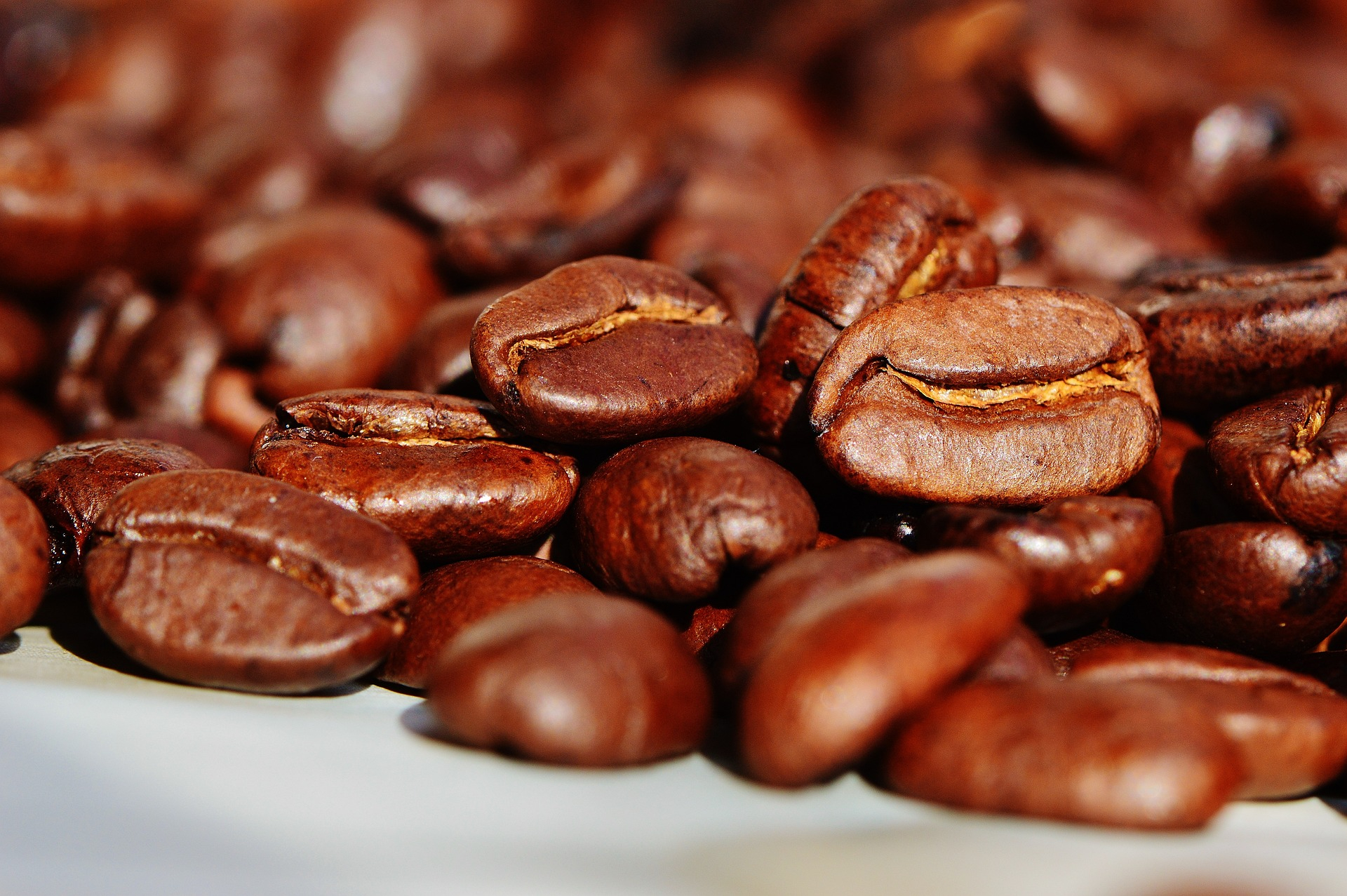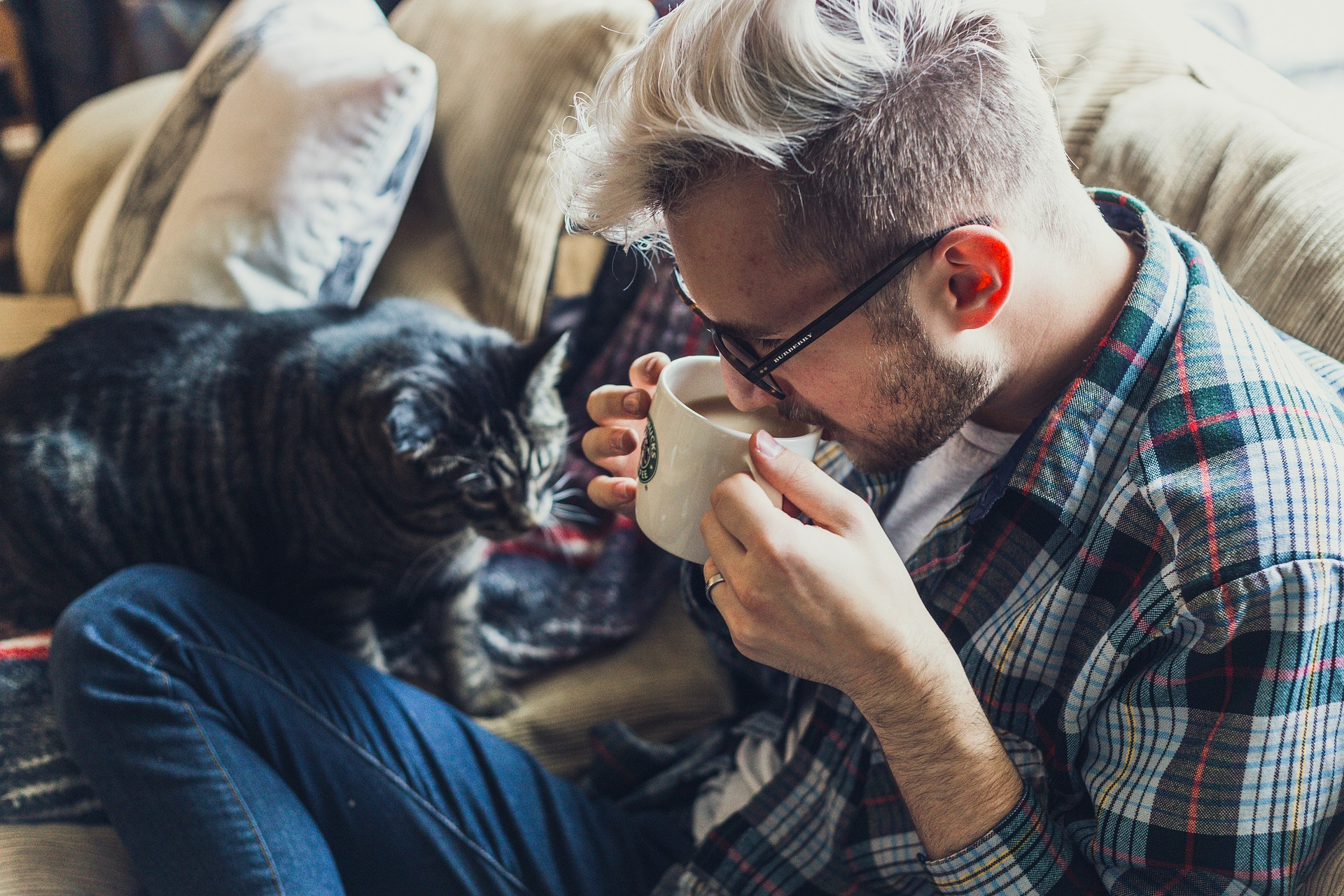Have you asked which type of coffee is best? R & R Coffee Supplies are coffee machine suppliers for customers and businesses throughout the UK. This article looks at how many coffee types exist and explores the different coffee options.
How Many Coffee Types Exist?
Coffee is a popular beverage, but until recently, many facts about it were unknown, like how wine or cava before became a delicacy for many people. Even though there are two primary types of coffee, each has a wide variety of other variants that are worth exploring.
There are several coffee cultivars, origins, and variations. Everything from the fields to how the beans are stored affects the flavour. But understanding the genetics of the beans is also crucial to understanding this plant a bit better. A member of the Rubiaceae family is the coffee plant. More than 500 genres and 6,000 species belong to this family. However, coffee is the most common.
There are currently considered to be more than 50 different varieties of coffee, all of which are indigenous to tropical Africa and the islands of the Indian Ocean. The majority of them are non-cultivated wild species that people should not eat.
Which Coffee Type Has The Strongest Taste?
Death Wish Coffee is the world's strongest cup of coffee, available in whole and ground bean forms. Arabica and Robusta beans are combined in Death Wish for flavour and caffeine levels.
Caffeine content or flavour is used to determine how strong a coffee is. By modifying the grind, roast, brew technique, or water-to-ground ratio, coffee can have a stronger flavour. You may adjust each of these four elements to get a particularly robust cup of coffee. Many individuals use this statistic to determine how strong they feel after drinking coffee with a lot of caffeine.

Which Coffee Type Has The Mildest Taste?
The lighter flavour of the Segafredo Zanetti Brillante ground coffee is well-known. Arabica coffee beans are preferred because they have a milder flavour than Robusta coffee beans.
Arabica beans also have a sweeter flavour in contrast to the harshness of coffee. Compared to their medium- and dark-roasted counterparts, beans that have been lightly roasted are less bitter. The Brillante coffee is not as pricey as you would have anticipated, despite its excellent quality and widespread appeal.
This is one of its more affordable choices. Beginners who only want to try coffee to see if they would like the flavour can easily afford it.
Which Coffee Has The Most Milk?
The biggest and milkiest espresso and milk beverage is the latte. It is the most accessible because of this. Even those who don't particularly enjoy coffee adore a basic, creamy-flavoured latte. Espresso's low alcohol content pairs nicely with syrups that have sweet flavours, such as vanilla or mocha.
Lattes typically have 8 to 15 ounces of steaming milk and 1-2 ounces of espresso. Anything over 8 ounces is referred to as a latte in the speciality coffee industry. Although latte milk contains a small coating of microfoam, it is steamed at a pretty high temperature (often between 135 and 150 degrees).
If you're craving an iced beverage, iced lattes are smooth and delicious. They are usually made with ice, 8–14 ounces of cold, unsteamed milk, and 1-2 ounces of espresso. Despite their friendliness and approachability, lattes aren't only for weak coffee drinkers. Experienced professionals occasionally enjoy a decent latte.

Which Are The Most Popular Coffee Drinks?
With so many alternatives, it's understandable that coffee drinks might be challenging to manage. Here is a list of some of the most popular coffee drinks:
Espresso is a strong coffee beverage that resembles syrup because it is created by squeezing almost hot water through crushed coffee beans. Many Italian drinks served in coffee shops use this as their foundation. Espresso is stronger than other coffee beverages when compared to brewed coffee. Espresso drinks are consumed in shots, with a single shot weighing one ounce and a long (single or double) shot weighing two ounces.
A latte is an espresso drink with steamed milk and a scoop of milk froth on top. The fact that it contains less froth than other coffee drinks like cappuccinos, makes it smoother and more accommodating to people with sensitive palates.
Possibly the most popular coffee beverage is black coffee. Its widespread use is largely due to how simple it is to prepare this beverage, whether by drip, pour-over, French press, or any other method. Typically, black coffee is served without any extras.
A few of the finest things in the world are coffee and chocolate. Every taste of a mocha, an espresso-based beverage enhanced with chocolate and whipped cream in place of froth, gives you the best of both worlds. Your preferred ratio will determine how delicious your mocha is; whether you want more coffee or chocolate.
What Are The Different Coffee Types:
Another well-liked coffee beverage is the Americano, which is relatively simple to make. There is nothing except hot water trickling over espresso. When American soldiers were stationed in Europe during World War II, European baristas reacted by adding water to their espresso drinks, giving rise to the nickname. The resultant beverage, known as the Americano, had a smoother, less intense flavour than espresso.
Hot water and espresso are the only ingredients in an Americano. Depending on the coffee shop and the method you've decided to use to brew it, it will either be presented as a 1/2 and 1/2 or a 1/3 espresso to 2/3 water. For an Americano, the espresso should always come first since the crema blends in and gives the drink a more mellow, smooth flavour. However, other people could include it based on their preferences.
The Americano distinguishes itself from other espresso-based coffee beverages because it rarely contains milk, unlike the cappuccino or latte. Drip coffee is coffee that is prepared by placing ground coffee in a particular coffee maker, adding hot water, and letting the water drip through to the coffee pot. An americano is made by quickly pouring water over espresso without any "dripping" in between the two steps.
The cortado coffee is a recent addition to the world of coffee; it has only begun to appear on menu boards at coffee shops. Many people mistake it for a flat white because of its smaller size. Contrary to other coffee varieties, Cortado coffee is produced with steamed milk, not frothed or foamed. Cortado, which means "cut", refers to the addition of milk to coffee.
To make a cortado coffee, espresso and heated milk are combined in an equal ratio. Along with it, a double dose of espresso is provided. Apart from its origin in Spain's Basque Country, nothing is known about the cortado's beginnings. It's also well-liked in Portugal and Latin America, where people eat it as a treat in the afternoon.
Although a mocha is described in a variety of ways, its fundamental components are a shot of espresso, chocolate powder or syrup, and milk or cream. It is a latte variety, containing 1/3 espresso and 2/3 steamed milk. But a chocolate flavour is also added; this flavour might be milk or dark.
A high-quality coffee variety manufactured from a particular coffee bean is called "mocha". The origin of the beans, which are from the Coffee Arabica plant species, is Mocha, Yemen. It can also refer to a concoction of coffee and chocolate or a flavour with a similar flavour.
The word "macchiato" means "marked" or "stained" in Italian, denoting a stained or marked cup of coffee. To preserve the flavour of the espresso, the macchiato is an espresso coffee beverage with a thin layer of foamed or steamed milk on top.
The term "macchiato" had its start when baristas had to explain to customers how an espresso shot differed from an espresso with a splash of milk. It was soon given its name to emphasise the addition since the latter is "marked" or "stained" by the addition of milk. The macchiato is the ideal afternoon coffee, in contrast to the cappuccino, which was first designed for that morning brew.
To produce a flat white, a single or double shot of espresso is poured over a combination of micro-foamed milk. This microfoam, which has a silky, velvety texture and a creamy flavour, is made from steamed milk. A flat white requires accurate microfoam pouring and boiling.
Both a latte and a flat white coffee begin with espresso, yet they are different. The major distinction is in size. A 160-165ml tulip cup is the optimal serving size for a flat white; lattes and cappuccinos need a much larger glass.
Regular coffee beans go through a procedure to remove the majority of the caffeine before being converted into decaf coffee. Although the EU limits the amount of caffeine in decaffeinated coffee to less than 0.3%, it still contains caffeine.
When people learn what decaf is, they inquire about what makes it different from regular caffeinated coffee. Usually, the only difference in taste and odour is the decreased caffeine concentration.
Irish whisky, coffee, sugar and cream make up the four essential components of an Irish coffee. It's crucial to utilise Irish whisky and strong coffee when preparing an Irish coffee.
The creamy head of the coffee beverage is consumed. Before piling the cream on top of the coffee using a spoon, you may whip or mix it to make sure it floats on top of the coffee and doesn't sink.
An iced coffee is your favourite coffee served cold; yet, it goes beyond coffee that has been allowed to chill. Similar to a conventional cup of coffee, it consists of hot espresso and milk.
Ice is also included, though. Iced coffee will not have foamy or steaming milk since certain flavours do not work well in iced coffee.
The typical ratio of one part brewed coffee to one part steamed milk is used to make the Café au Lait. The milk must always be warm while producing the coffee foundation, which is frequently done using a French press or a drip.
Café au Lait, which is brewed coffee with cold milk or whitener powder added, is not the same as white coffee.
When making cold brew, ground coffee beans are steeped in room-temperature water for at least six hours. Or up to 24 hours, depending on how strong you want your cold brew to be.
This method of steeping the beans yields a coffee concentrate that needs to be flavoured with milk and water. Since the grounds aren't subjected to heat, cold brew coffee has a flavour that is richer, and sweeter.
Pouring hot water over ground coffee creates drip coffee. The water passes through a filter that is made of paper to separate the grounds from the brewed liquid, allowing the water to fall into a pot or container.
The availability of coffee pots designed for drip coffee brewing or electric models with timers that you can set has also increased. Drip coffee is often served in mugs and can be enjoyed black or with milk and sugar to suit.
Real coffee beans are used to make instant coffee. The beans' soluble and volatile components are removed. After that, the water is evaporated, leaving powder or concentrated soluble coffee powder. Like most types of coffee, instant coffee is available in dark, medium, and light roasts, allowing you to pick the level of intensity that you want.
Roasted coffee beans that have been crushed into a fine powder are often used to make regular coffee. After the procedure is finished, this sort of coffee always has leftover coffee beans.
If you require the perfect commercial coffee machine for your restaurant, hotel or bar, you can find the perfect machine for your requirements by following the link below.

